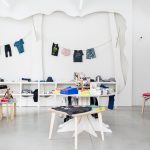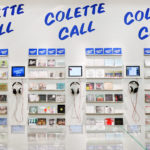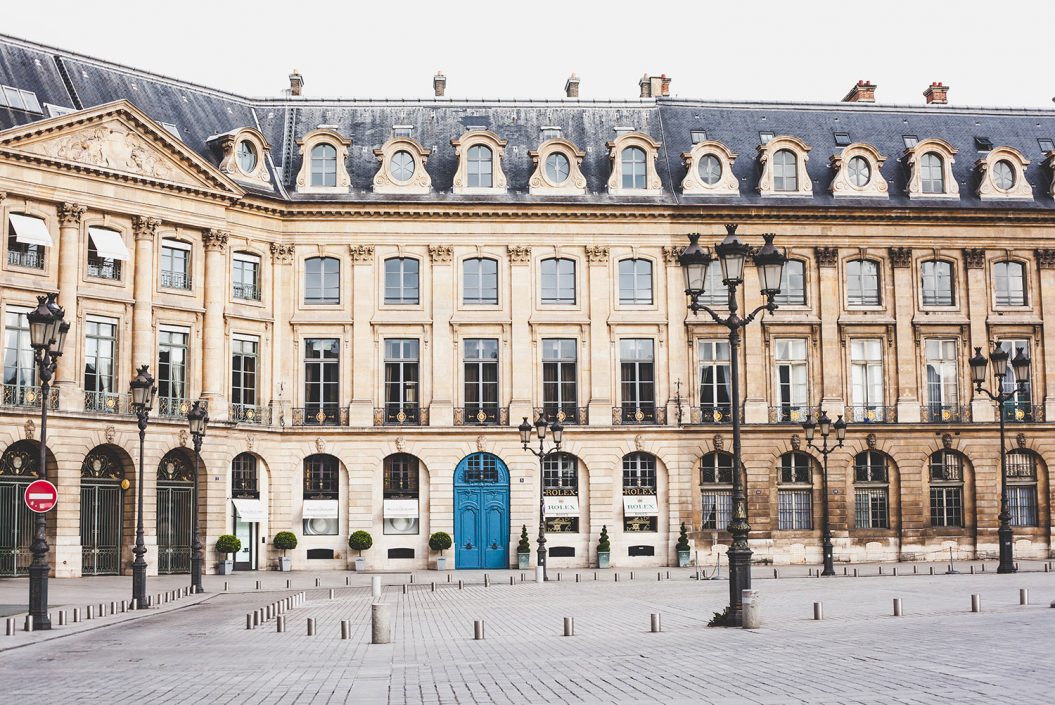What is a pop-up shop? Everything you need to know to try short-term retail > Reasons to open a pop-up shop. Top 7 business benefits to opening a pop-up shop > Why a Pop-Up Series Is The Best Next Move For Your Brand
A pop-up series can build serious buzz and brand awareness, whether brands choose to plan a series around a theme, specific products or season.
Learn about the ins and outs of serial pop-ups from prep, planning and executing each event here:
What Is a Pop-Up Series?
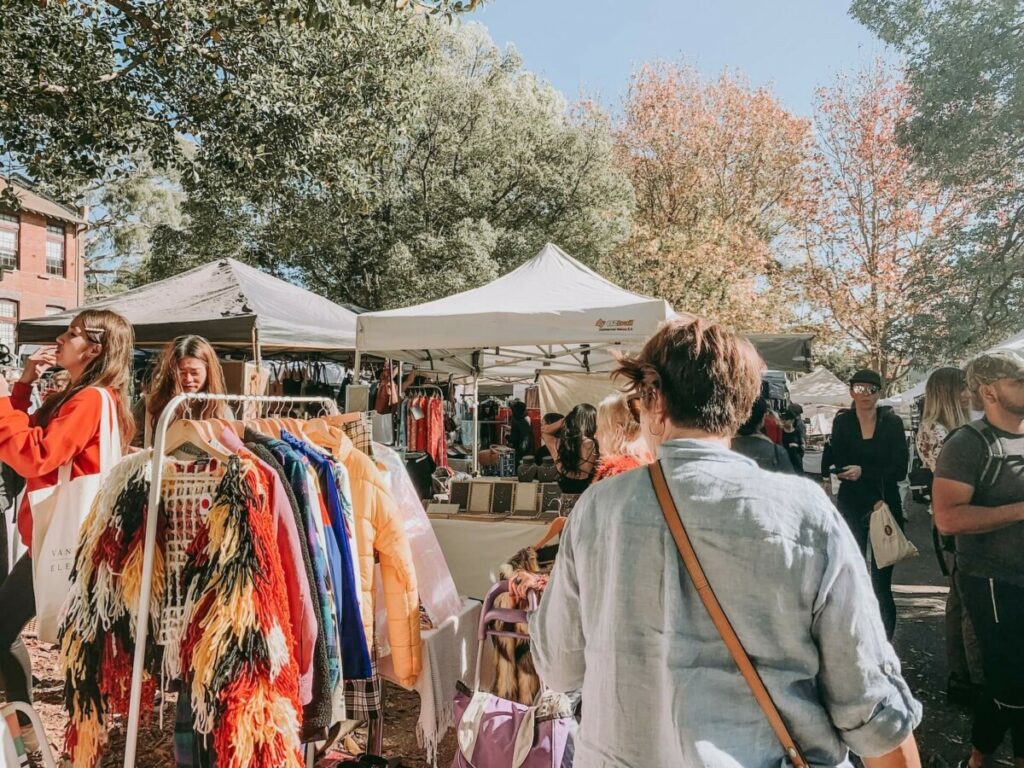
When it comes to serial pop-ups, the concept is fairly straightforward: a brand creates a number of temporary retail activations. “Done well, serialized pop-ups are a win-win for both the host and the guest retailer,” says Chris Guillot, founder and retail consultant at Merchant Method.
And one of the primary draws of the serial pop-up is its flexibility; they’re customizable and offer long-term benefits.
“In each of the [following pop-up types], long-term commitment provides a greater chance of long-term success,” Guillot adds. “That’s why I think of serial pop-up shops as both a sales channel (for the pop-up retailer) and a marketing strategy (for the host retailer), rather than simply a selling event.”
1. Seasonal Pop-Up Shops
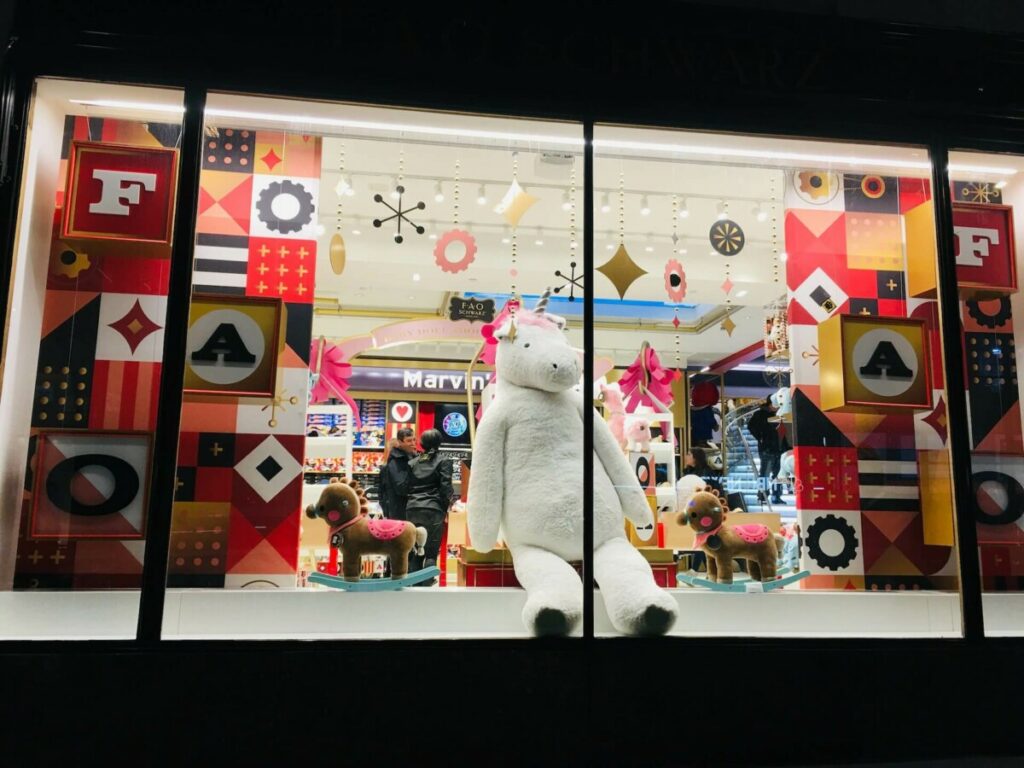
One of the most popular serial pop-up shop themes is based on seasonality. Some brands host pop-up shops exclusively during a specific time of year that’s popular with their target customers, such as the Holidays, New York Fashion Week or in Summer months.
Read More: The Season’s Best Pop-Up Shops
2. Touring/Traveling Pop-Up Shops
Another popular serial pop-up type is the traveling shop. Some brands will visit the same cities and set up temporary retail activations once or twice a year, while others will tour a country or region as part of a one-time campaign.
Menswear brand Indochino found great success with this touring pop-up model with its ‘Traveling Tailor’ tour. Eventually, the brand used the momentum from this tour to open a series of permanent showrooms across North America.
3. Recurring Pop-Up Shops
When it comes to recurring pop-ups, think about temporary activations that occur at the same time every week, month or year.
One high-profile example is ComplexCon, an annual convention showcasing pop-up retail activations from streetwear brands, artists and musicians in a massive indoor marketplace.
https://www.instagram.com/p/Bca1aA4Fy01/
4. Rotating Pop-Up Shops
In the case of rotating pop-ups, the storefronts are stationary — but the merchandise isn’t.
Rotating pop-up owners generally act as curators. Rather than showing off a single brand’s products, a rotating pop-up will promote products from dozens of creators. Often the products are unified under a cohesive theme, category or target customer. Those products are sold for a limited period, and then poof! They’re exchanged for a collection of brand new vendors and products.
For example, Storenvy hosted a pop-up shop in San Francisco that highlighted exceptional products from a handful of local, online-only merchants.
Benefits of Serialized Pop-Up Shops
Pop-up shops have a variety of benefits, but serial pop-ups boast their own unique advantages to help brands achieve their goals.
Test Different Markets
Serial pop-up shops offer brands the opportunity to dip into — and test — new markets. If you wonder how certain products would fare in another major city or want to build brand awareness in a different region, a traveling pop-up shop is one way to gain traction. Pop-ups in new places allow brands to connect with new communities and talk to new customers on the spot.
When mattress brand Casper made its first foray into Canada, the company set up a traveling pop-up aptly called the Nap Tour. A vehicle complete with Casper mattresses and sleep accessories (like eye masks and slippers) visited multiple cities across the country to build brand awareness with Canadians.
https://www.instagram.com/p/BCOiZqFw2M5/?tagged=naptour
Provides a Tangible, Offline Experience
Because 90% of all sales still happen in stores, it’s crucial to offer an in-person selling experience for your potential customers. Even major online-only brands are investing in pop-up shops and offline activations. For example, Amazon rolled out a series of pop-up shops in selected Whole Foods stores leading up to the 2017 holiday season.
An initial offline experience via a pop-up shop is a great way to build brand awareness. Getting current and potential customers excited about your products and introducing them to your brand can help retailers gain enough traction to create a permanent store.
How to Host a Serial Pop-Up Shop
For brands that want to take advantage of all that serial pop-ups have to offer, Guillot has offered some specific steps on how to get started.
1. Start the Planning Process
To help you flesh out the right pop-up for your brand, Guillot recommends asking yourself some of the following questions:
- What do I want to achieve?
- How will I measure success?
- What resources am I able to commit to developing and executing a pop-up series?
- How will I brand and market each pop-up?
Next, consider the unifying theme, collection of products or campaign you want to plan your pop-ups around to keep the events cohesive.
2. Commit and Book Your Pop-Up Shops
Once the plan’s foundation is in place, it’s time to execute (use our site to find and book your pop-up venues!)
Guillot has a list of tactics to ensure each pop-up event is differentiated enough to grow incremental sales and keep all the activations fresh for customers.
Consider separating each experience by:
- Varying the assortment with capsule collections
- Creating exclusivity with one-of-a-kind or limited-edition inventory
- Combining service and retail by offering a personalized element to go with the purchased item (monogram, custom alterations, etc.)
- Promotional pricing (seasonal previews, bundled pricing, etc.)
3. Promote Your Pop-Up Shops
After brands have a plan in place and secured venues, it’s time to spread the word about the upcoming activations.
Create a marketing and promotion strategy for the pop-up series as a whole and mini-plans for each pop-up.
“Leverage your current marketing and social media strategies to build buzz for an
upcoming pop-up series,” she says.
While announcing the pop-up events to followers is a great start, brands can also:
- Create a press release and distribute to relevant media
- Send invitations to relevant social and blogging influencers in your niche
- Use a service like Paperless Post to send personalized invitations to each event to current customers, followers and brand evangelists
- Hire a pro photographer and post share-worthy photos after each event to build buzz and momentum for the next pop-up
Moving Forward With Your Own Serial Pop-Up Shop
Now you’re aware of the ins and outs of serial pop-up shops and what they can do for your brand.
- How to Open a Successful Pop-Up Shop in London’s Fast-Fashion Neighborhoods - December 23, 2022
- The Benefits of Opening a Pop-Up Shop in NYC’s Fast-Fashion Neighborhoods - December 23, 2022
- Reaping the Benefits of Long-Term Pop Up Stores: Tips and Advice - December 23, 2022

